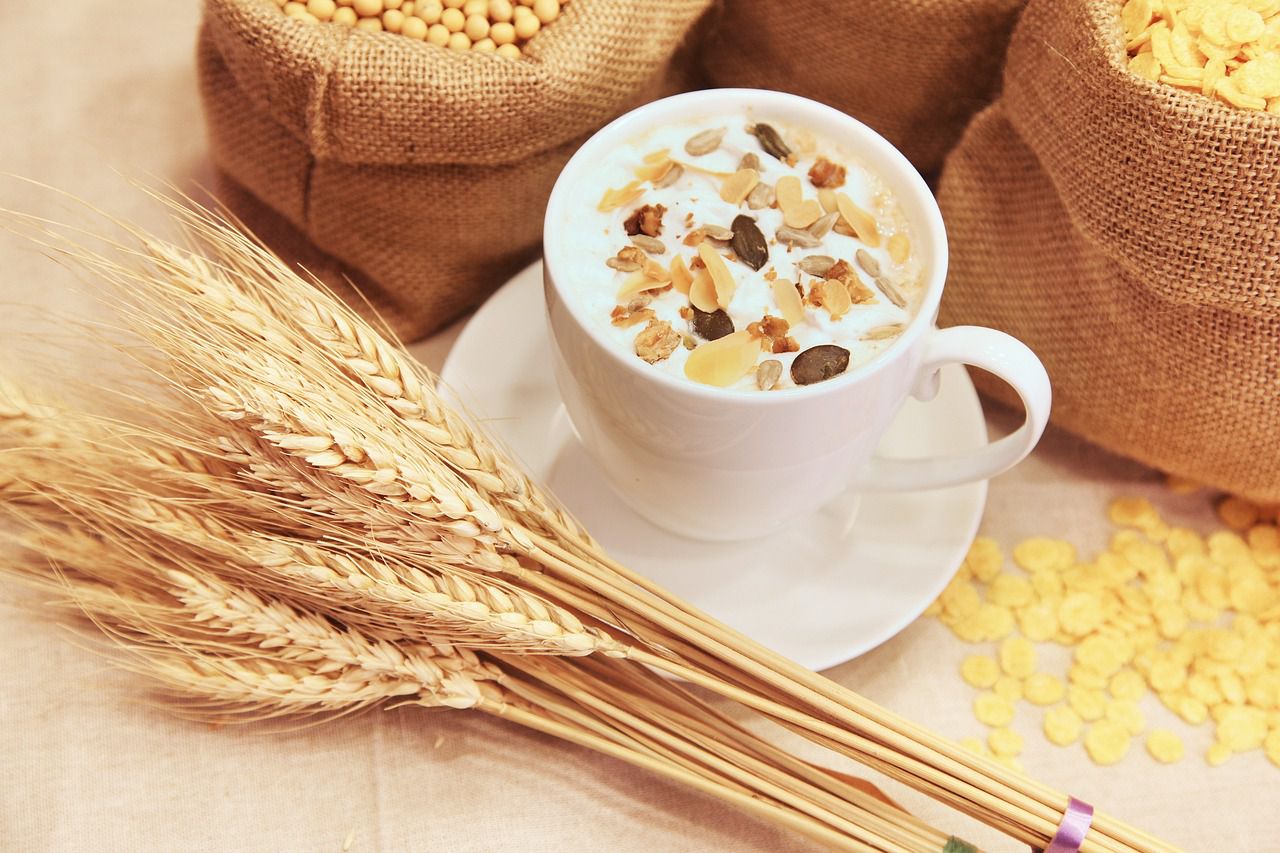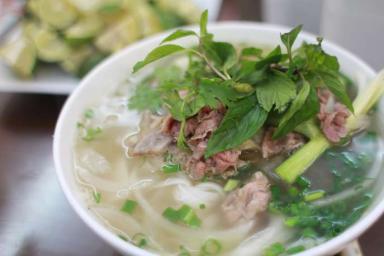Food texture plays a significant role in influencing the glycemic index (GI) of a particular food.
The texture of food can impact the rate of digestion and absorption of carbohydrates, which in turn affects the glycemic response.
Here's how food texture affects the glycemic index.
Particle Size and Surface Area
Foods with larger particle sizes and greater surface areas take longer to break down during digestion.
For example, whole grains or foods with intact fibers require more time for enzymes to access and digest the carbohydrates.

This slower breakdown results in a slower and more gradual release of glucose into the bloodstream, leading to a lower glycemic index.
Fiber Content
Foods rich in dietary fiber, such as fruits, vegetables, and whole grains, tend to have lower glycemic indexes.
Fiber slows down the digestion and absorption of carbohydrates, helping to prevent rapid spikes in blood sugar levels.
Fiber adds bulk to the food and contributes to a feeling of fullness, which can further help stabilize blood sugar levels.
Processing and Cooking Methods
The degree of food processing and cooking methods can influence texture and subsequently the glycemic index.
Highly processed foods, such as refined grains and sugary snacks, often have a smoother texture and can be quickly broken down, leading to a higher glycemic index.
Mastication and Chewing
Chewing food thoroughly can affect the glycemic index.
Foods that require more chewing, such as whole fruits and vegetables, release their sugars more slowly because the mechanical breakdown starts in the mouth.









